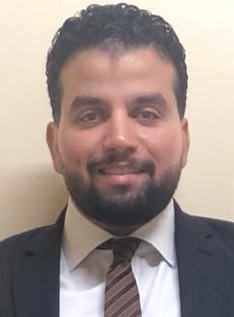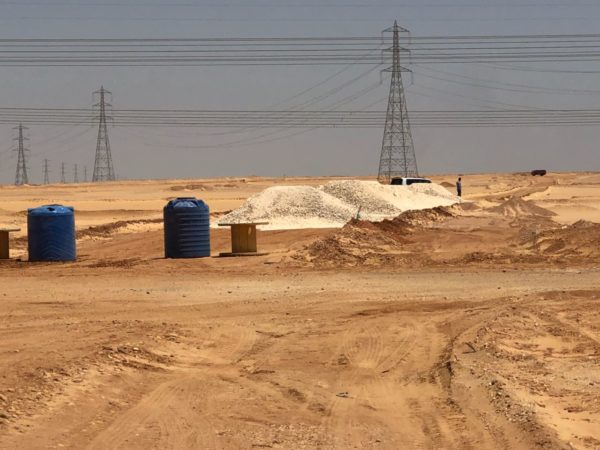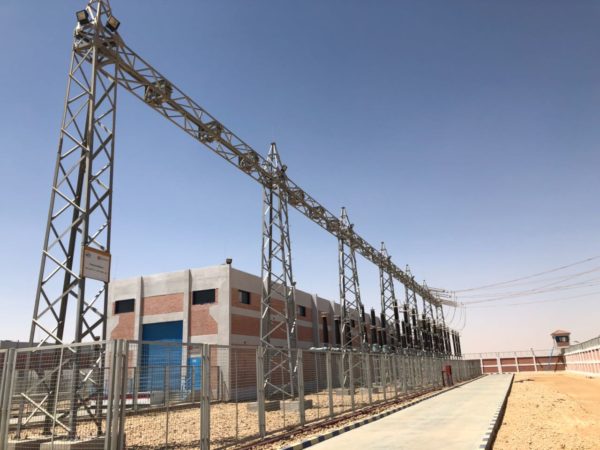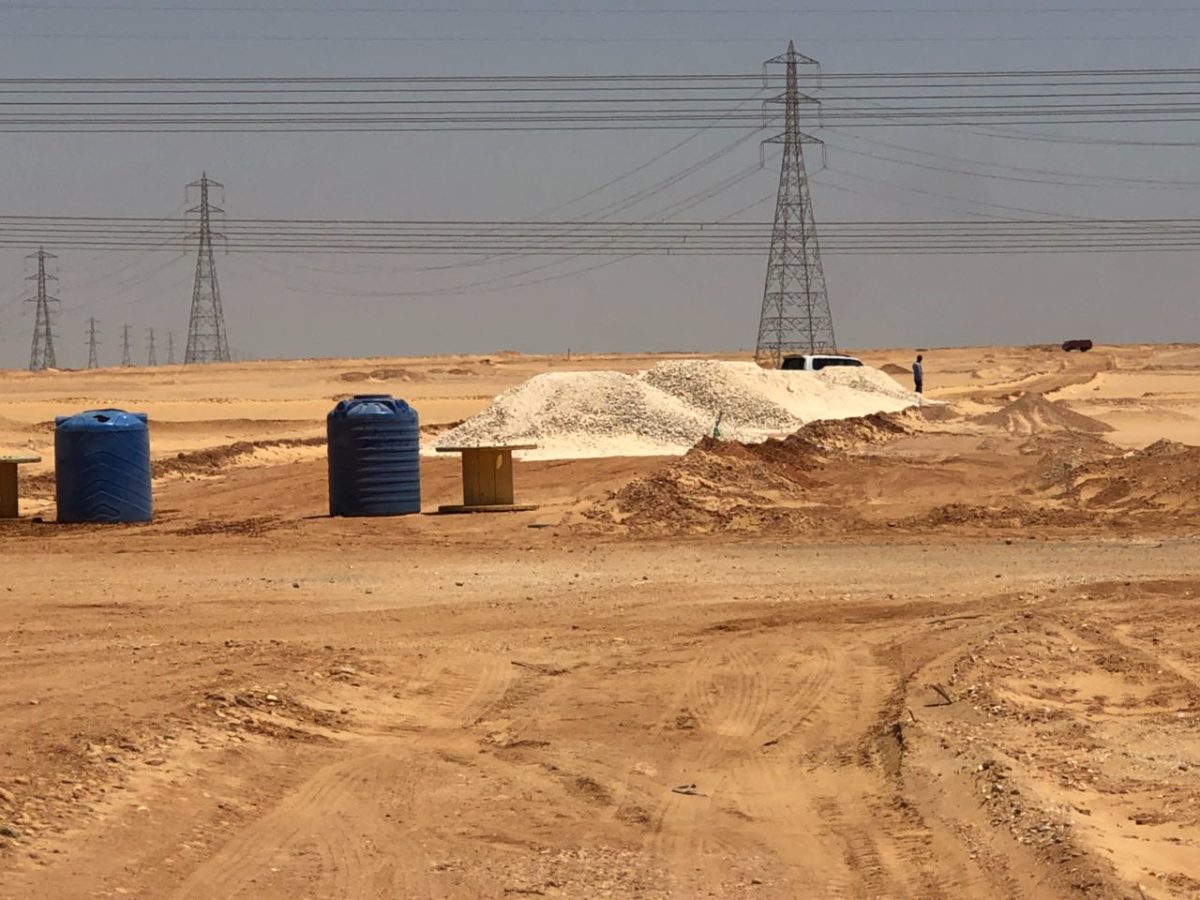For competing companies to join forces in a sector like solar, which is dominated by a fierce and continuous struggle for market shares, is a feat; particularly in emerging markets, where new entrants strive to achieve visibility and differentiation from others.
But if you have to build a large-scale PV plant within a huge solar complex, in an eastern region of the Sahara Desert under harsh climate conditions and a series of logistical and regulatory challenges, self-confidence and efficiency may not be enough. Indeed, to move things forward, the best option can turn out to be cooperation with your competitors.

Image: Access Power Egypt
And this is exactly what happened in the Benban solar complex – one of the largest planned PV projects in the world – currently being developed under Egypt’s FIT scheme for renewable energies.
In a conversation with pv magazine, Assem Korayem, a member of the Benban Solar Developers Association (BSDA) and operating general manager at Access-Power Egypt, revealed how the association, which is in the process of becoming an NGO, was created in February 2018, to overcome the numerous issues stifling progress, including traffic management, logistics, and contract revisions between developers and various stakeholders. It was also tasked with improving the overall level of coordination.
“Initially, the BSDA was a volunteer meeting between some chosen developers, then it was changed to an authorized entity and members were chosen via elections between candidates, with seven members being chosen among eight candidates,” Korayem explains. “The cooperation worked really well, especially with regards to one of the main issues, which was coordination and communication with different stakeholders, especially the Egyptian Electricity Transmission Company (EETC) as an off-taker, and the Facilities Management Consultant (FMC), which is managing the complex under mandate of Egypt's New and Renewable Energy Authority (NREA),” he adds.

Image: Assem Korayem
One of the main challenges posed by the big solar complex was the projected injection of 1.8 GW of new power into the country’s grid within a relatively small area. This issue, however, was solved with the construction of four new substations undertaken by the EETC close to the project’s area, which were connected to an existing 220 kV line, according to Korayem.
“Developers can now really connect their plants like Plug & Play,” he says. Two of these substations, says Korayem, have already been commissioned, and one has been grid-connected. “The other two substations will be ready in two months,” he says.
Only one of the 33 projects comprising the complex, however, has been grid-connected to date: the so-called Infinity 50 solar PV farm, with a capacity of 64.1 MW. “Onsite now there are 26 projects … started, with the majority of projects progressing at an average of between 30% and 50%,” Korayem says.
He is also convinced all of the projects will reach final completion prior to their respective Commercial Operation Date (COD), which has been set by Egyptian authorities for between the end of December 2018 and the end of June 2019, depending on various factors.

Image: Assem Korayem
All of the projects have been able to secure financing, however, says Korayem. “The majority of projects are financed through 75% debt and 25% equity, with most of them having secured financing by last October, after they performed their financial closure with lenders,” he says, adding that the International Finance Corporation (IFC) and the European Bank for Reconstruction and Development (EBRD) are financially backing around 1.4 GW worth of projects within the complex.
In addition to the issues described by Korayem, one of the hardest challenges for the Benban project emerged in March 2016, when the Egyptian government announced the transition from Phase I to Phase II of the Egyptian FIT program for large-scale renewables, launched in 2014.
In the second phase of the program, tariffs for projects ranging in size from 20 MW to 50 MW were slashed to US$0.084/kWh, from $0.148/kWh in the first phase. According to Korayem, just two projects totaling 100 MW, including the above-mentioned Infinity 50 solar PV farm, were granted the most generous tariff, while the remaining 31 were entitled to receive the almost halved one.
Things improved considerably in September 2016, when the Minister of Electricity and Renewable Energy agreed to resort to an international arbitrator to resolve the disputes with developers that were selected for Phase I, and which had been invited to re-qualify for the program’s second phase. At the beginning of the dispute, the Egyptian Government was reluctant to accept an arbitration venue in a neutral location, instead choosing Egypt’s capital Cairo.
At the time, Egypt’s authorities claimed that the FIT reduction was necessary to bring tariffs in line with what was being seen in other regional markets, such as Jordan or Dubai; however, developers began to question the bankability of their projects.
Further developments in the Middle East and other world markets, where bids for solar projects now range between $0.030/kWh and $0.020/kWh, have shown that a 25-year FIT of $0.084/kWh still represents a good investment, regardless of where the project is located.
Meanwhile, Egypt has decided to move from FITs to auctions, with the first 600 MW tender being launched in December 2017 and still ongoing, and the second 200 MW tender, which is now in the process of being finalized. In the latter, the lowest bid seen was $0.02752/kWh, while for the first one, the EETC has set a maximum price of $0.025.
Due to the restricted number of possible winners, and the strong competition that characterizes all solar auctions across the world, it seems unlikely that an experience such as that of the Benban Solar Developers Association (BSDA) will be repeated here.
This content is protected by copyright and may not be reused. If you want to cooperate with us and would like to reuse some of our content, please contact: editors@pv-magazine.com.




2 comments
By submitting this form you agree to pv magazine using your data for the purposes of publishing your comment.
Your personal data will only be disclosed or otherwise transmitted to third parties for the purposes of spam filtering or if this is necessary for technical maintenance of the website. Any other transfer to third parties will not take place unless this is justified on the basis of applicable data protection regulations or if pv magazine is legally obliged to do so.
You may revoke this consent at any time with effect for the future, in which case your personal data will be deleted immediately. Otherwise, your data will be deleted if pv magazine has processed your request or the purpose of data storage is fulfilled.
Further information on data privacy can be found in our Data Protection Policy.